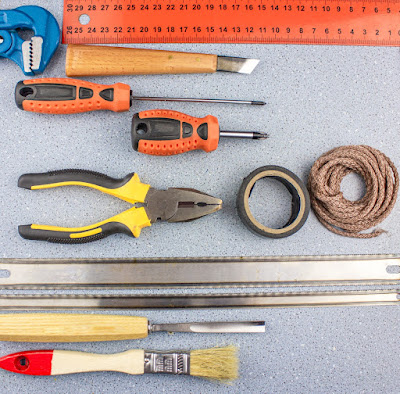COLD LEAKS: Leaks that will make you shiver!
A lot of times hose clamps leak even after applying proper installation torque, and people become weary of trying to figure out the core cause of the problem and end up overtightening the clamp as a remedy. This post shall shed some light on a much obscure and frequently taboo issue, the source of these mysterious leaks- the Cold Flow or Cold Leaks.
1. Cold Leaks
The hose is constructed of elastomer (rubber), which has a terrible propensity for deformation, which is reflected in the phrase Compression set (C-set). The compression set is a measurement of how well a material can return to its original shape after being squeezed by a force. An ideal compressive strength is defined as a material that recovers to its original thickness. When a hose clamp is tightened on a hose, it attempts to replicate the sort of indent (impression) created by the clamp band. The clamp is presently tightened in one shot once the torque is applied, and the hose is not given enough time to go into motion (rebound), thus over time, the hose compound will gradually migrate out from under the clamp band to the region with reduced band force to relax. The so-called hose flow may be reproduced using a simple approach.
2. The thermal Cycle
Important Tips:
- It is best practice to retighten clamps once the engine has been warmed up when installing clamps on car assembly lines.
- Periodic retightening of clamps is extremely suggested to keep leaky joints safe.
- Use constant tension/spring-loaded clamps as needed for your hose and application.




Comments
Post a Comment